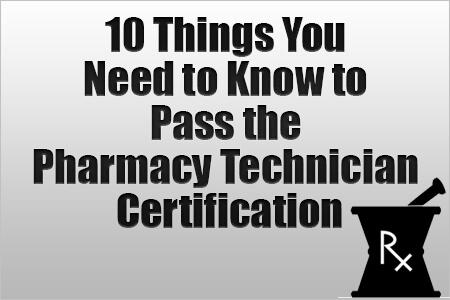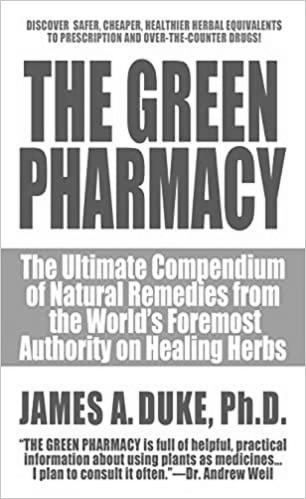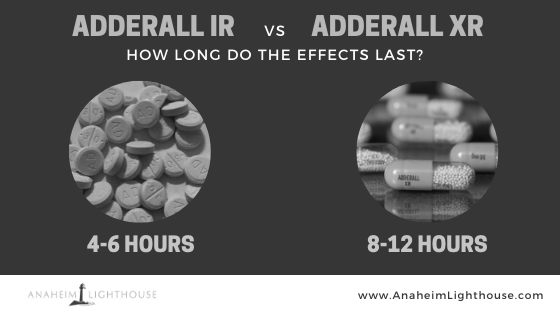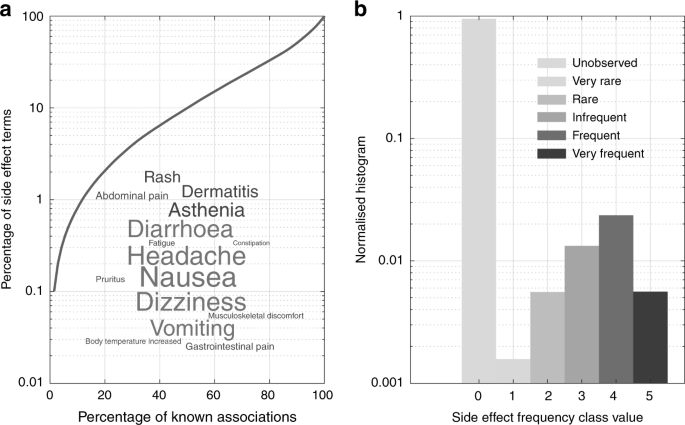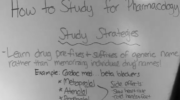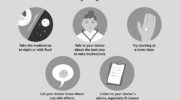There are three basic methods for studying pharmacology. You can use groups to study, make flashcards, or use a specialized NCLEX book. Flashcards and dedicated NCLEX books can help you memorize the names of drug groups.
Using groups to study pharmacology
Using groups to study pharmacology can help you get the most out of your time and study more effectively. The advantage of doing so is that you can discuss the material with a variety of people and learn from different perspectives. This can help you identify areas where you need more help and improve your overall understanding of the subject. In addition, studying with a group also helps you develop interpersonal communication skills, which are essential for achieving success in pharmacy school. You can also discuss the material in a more thorough manner, which can help you retain more information.
In addition to using groups to study pharmacology, you can use e-tools to supplement your study. You can use these resources to review the mechanisms of action for the different classes of drugs. One of these e-tools is called the Human Pharmacology II e-tool. This tool was developed by Griffith University and covers the mechanism of action of most drug classes.
Using flashcards
Pharmacology is a complicated subject, and using flashcards to study it can be the best way to retain the information and pass the exam. You can use pre-made flashcards from sites like Brainscape and Anki, or create your own. If you’re a traditional study type, you can also use paper cards, and the recommendations I’ve made above are also good resources. If you’re looking for mnemonics, there are a variety of websites that provide them, but First Aid For USMLE is the best. Other good resources include Picmonic, Sketchy, and Osmosis. Regardless of your preferred resource, you should invest sufficient time to study pharmacology.
Studying pharmacology is one of the toughest classes you can take, so you’ll need to devote several hundred hours to cram everything in. The subject is highly complex, and has a complex relationship to almost every disease or organ system in the body. Moreover, pharmacology is closely related to other fields of study, such as pathology, microbiology, and oncology. It’s best to study for it early in the semester so that you’ll be prepared for the exam.
Another great advantage of using flashcards to study pharmacology is that they are easier to memorize than textual material. This helps you gain a deeper understanding of the subject and speed up the memorization process. By using flashcards and mnemonics, you can learn more about a single drug and its effects. You can also create a study sheet with the name, indications, contraindications, and mechanism of action.
You can also choose to use a study tool that features interactive flashcards that allow you to study pharmacology from anywhere. These study aids are easy to use and can be carried anywhere. And they can help you develop your memory skills in the process. You can also create your own sets of pharmacology flashcards by putting the various drug classes, dosage, and adverse effects on the cards.
Pharmacology flashcards are designed to be compact and easy to carry in your backpack or nurse bag. The spiral bound, laminated cards contain images and mnemonics that will help you remember information more easily. They also feature color-highlighted monographs for easy reference.
Using a dedicated NCLEX book
Preparing for the NCLEX pharmacology exam can be stressful, especially when you have limited time. Luckily, there are some methods you can use to study effectively and earn the best grades possible. For example, you can organize a study group with other pharmacy students to stay on track and stay accountable. You can also ask your professors for help if you have questions.
First, learn how drugs work. Understanding the mechanisms of action of drugs can help you better understand the interactions and side effects of drugs. Depending on the type of exam, you might need to know more about particular drug classes and side effects. Using a dedicated NCLEX book can help you learn more about specific drugs, as well as how to recognize common side effects and drug interactions.
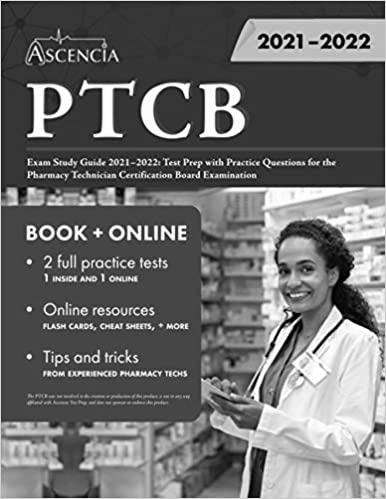
Second, practice the exam to help build confidence. There are several online resources that offer practice exams. Taking multiple-choice questions can help you prepare for the test. Another helpful resource is TrueLearn, which allows you to take a practice exam based on your chosen topic area. TrueLearn also shows graphs of how you are doing over time. You can also benchmark your performance against peers from across the country.
If you have more than a month to study, consider using a dedicated NCLEX book to study the pharmacology portion of the exam. This type of NCLEX book offers access to thousands of practice questions, and it also includes an online training program. The program also comes with a money-back guarantee.
Second, you should avoid distractions. While studying, you need to make sure that you are immersed in an environment where you can answer questions efficiently. It will be difficult to study with distractions, so it’s essential to use a study resource that provides ample opportunity for question practice. This is one of the keys to success on the NCLEX. If you want to ensure the highest score possible, you need to make sure you use a study resource that will expose you to 3500 questions.
The third tip is to set a study time frame. You should plan your time accordingly, as the NCLEX can be lengthy. The recommended study time is from four to twelve weeks, depending on the level of preparation you need. The best way to plan your study time is to set aside at least three to six hours a day.
Identifying drug names in a given group
Drug nomenclature is an important aspect of pharmaceutical research and development. Different names for a drug can lead to confusion and serious medication errors. To avoid this, the European Community issued a directive in 1992 that directed all member countries to use the WHO-recommended INN for a given drug.
The term “antipsychotic” describes a class of drugs that are used to treat schizophrenia, bipolar disorder, and other psychiatric disorders. This class also includes drugs known as selective serotonin reuptake inhibitors, which increase the level of the neurotransmitter serotonin in the brain. These drugs are often used to treat anxiety and other psychiatric conditions.
Generic names were originally created by condensing chemical names into fewer syllables. While this practice was partly standardized, it was not universally consistent. Since then, nomenclatural systems have shifted away from this approach and use stems and affixes to indicate the chemical relationship between drugs.
The assignment of a USAN has been an essential step in the development of new active pharmaceutical ingredients. Without an accurate name, the drug cannot be marketed in the United States. The primary goal of the USAN Council is to ensure the names accurately reflect the information provided by the drug. However, drug names also have an impact on public perception and access.
Another option is to employ a hybrid approach. These methods combine multiple types of approaches in a way that can exploit the advantages of each and minimize the drawbacks of each. Hybrid approaches usually produce more accurate results than the individual components. Hybrid approaches also require post-processing to reconcile conflicting results.
The most important consideration in choosing a drug name is to avoid creating a name that is similar to an existing name. A generic drug name may not be easily remembered, and healthcare practitioners may not associate it with adverse effects. Therefore, it is vital to choose a drug name that accurately identifies the substance’s effects.
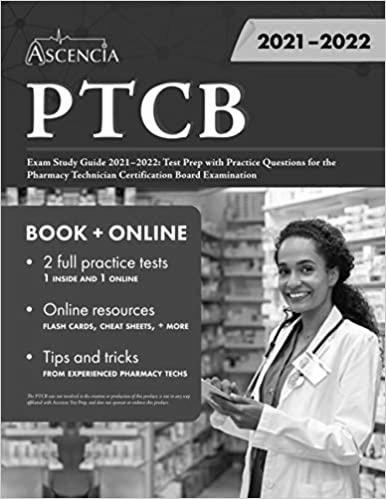
There are a number of machine learning approaches for drug name recognition. Some of these include simple dictionary-based approaches and sophisticated hybrid approaches. These approaches differ in the amount of manual intervention required and the circumstances where they are applicable. Dictionary-based approaches have the advantage of being effective when comprehensive drug dictionaries are available. They also have the advantage of being able to identify drug names from text.
There are several ways to learn pharmacology in nursing. You can use pre-examination reviews, flash cards, and Anki. You can also use your own illustrations and mnemonics. There are also free resources online. You can even teach other students how to study pharmacology. However, you should remember that you have to be knowledgeable about the material so that you can be effective in teaching.
Anki
One of the best ways to memorize pharmacology facts is by using flashcards. These cards contain detailed information and pictures about drugs. They are portable and can be studied anywhere. They also contain links to further information about the drugs. Some of the cards come in text format, but they may not be as helpful for people who are visual learners.
Students can choose from many Anki decks to help them memorize the concepts in pharmacology. These are written by students and are designed to help them understand the material in the shortest possible time. Some of them are more detailed than others, while others can be used quickly and without a computer. All of them are free. Using Anki to memorize pharmacology facts is a great way to learn this subject faster and more effectively.
There are many ways to study pharmacology in nursing. You can study on your own or hire a tutor to help you with your assignments. Either way, you should always make sure you are using the right tools and environment. You should also make sure you drill down on your study plan everyday.
Another method is using flashcards. These have been shown to be effective in teaching medical pharmacology. These flashcards use the Bloom’s taxonomy framework and are an ideal way to review difficult concepts in a fast way. They also provide a framework for experimentation. They also help students become more confident prescribing.
Aside from using flashcards, students can also use other tools such as Picmonic to learn more effectively. This is a great way to learn pharmacology in nursing in a more effective way. As a nurse, you need to understand the side effects of drugs. By understanding how drugs work, you will be able to safely administer them and prevent possible adverse reactions.
Pharmacology is a subject that is very hard to learn. If you want to make it easier for yourself, consider using flashcards or guides for studying pharmacology. The subject is tricky, but you can outwit it with memory tricks. There are many different types of drugs, and many of them have similar prefixes and suffixes. For example, beta-blockers are a class of cardiac medications. The -olol suffix is common among them. Other examples of similar suffixes include -mycin, -oxacin, and -cillin.
Pre- and post-examination reviews
Pharmacology is a challenging class for nursing students. It’s a multi-faceted topic that involves hundreds of hours of study. It affects every organ system and disease in the body and involves studying the relationship between drugs and the body’s physiology. Pharmacology is also a crucial part of oncology, microbiology, and pathology.
The most effective way to learn pharmacology in nursing is through pre and post-examination reviews. These reviews cover the content that will be tested on the examination. They are critical to nursing students’ success. It’s important for them to have a thorough understanding of the material.
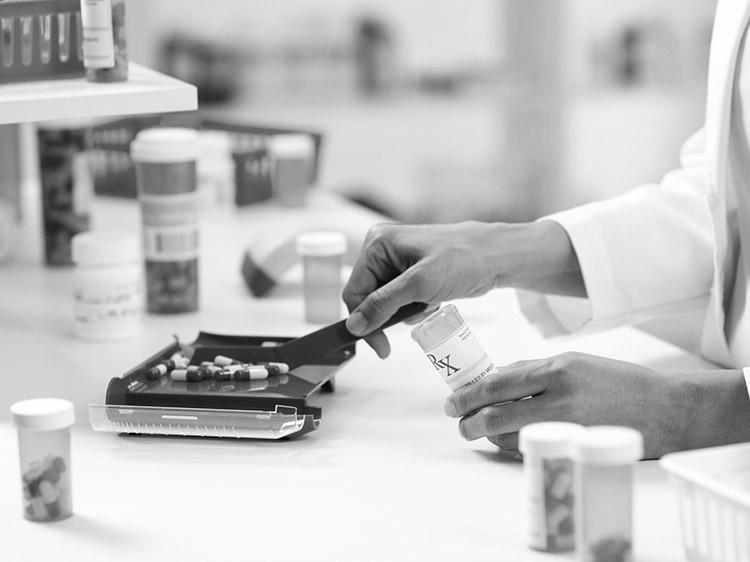
Post-lecture recitation
Pharmacology is an important subject for nursing students to understand because they must understand how different drugs work. They must also understand drug interactions and dosage calculations to avoid any mistakes that could harm the patient. A good pharmacology study guide can be very helpful for nursing students.
The best method to learn pharmacology in nursing is not to cram. This subject is challenging and does not allow you to learn everything in a single sitting. It is important that you take the time to prepare for the class. There are numerous methods to study this subject, including the flipped classroom method and problem-based learning.
Another effective way to learn pharmacology is by creating mnemonics or acronyms. There are many free resources available online that will help you create effective mnemonics. Try searching for pharmacology mnemonics on Google or Pinterest. Besides memorizing the material, you can also teach others. For instance, if you teach a course, you can make sure that everyone understands it.
In my undergraduate pharmacology course, students had to attend 2-hour lectures twice a week and participate in a group of students. The lecture part of the course was good, and most students liked it. The lecturers were regarded as subject experts by their peers. However, some students were unhappy with the recitation portion. The recitations were led by less experienced faculty members, which made students feel uncomfortable. Additionally, the recitation portion of the course often led to several days’ delay in response to questions.
In my first year integrated pharmacy course, I used a tri-layer approach to teaching pharmacology. This approach involves lectures, group activities, and out-of-class assignments. In addition to lecturing, students also had to complete a survey through SurveyMonkey. The responses from the students were used to evaluate the effectiveness of the tri-layer approach to teaching pharmacological skills.
This course also emphasizes the use of patient-centered care. It helps students gain practical experience in ambulatory and institutional settings. The course focuses on the use of patient-centered methods for medication management. This course offers credit towards the Medication Therapy Management certification. In addition, it stresses communication and documentation skills.
Creating flash cards
When learning pharmacology, creating flash cards to study is a great way to help you remember important details. The names of drugs should be written on one side of the card, and the rest of the information should be on the other side. Having the medication name written out loud will help you memorize the information, and you can also take the cards with you to class. This way, you can reinforce what you’ve learned while having fun.
Pharmacology flashcards are designed to be compact and easy to carry in a backpack or nurse’s bag. They feature illustrations and mnemonics that make it easier to recall important information. In addition, they are color-highlighted, making it easy for you to reference the information quickly.
Another great way to learn pharmacology is by creating a medication organizer. This way, you can organize drugs by category, and highlight important information from professors or books. Using this method can help you study the subject and prevent you from forgetting any important information on an exam. Besides creating your own cards, you can also purchase a note card pack from LevelUp RN or Nurse in the Making to study the topic in an efficient way.
Creating flashcards for pharmacology can be a time-consuming task, but it is well worth it. Flashcards are useful tools for memorizing new information, but creating them can help you retain the information better. And as you create your own cards, you can experiment with the number of information that you wish to include on each card.
Creating flash cards is an excellent way to ensure that you retain important information in pharmacology. You can make your cards according to the color scheme and use tabs to index them easily. The cards are waterproof and glossy, and will last you for a long time.
Using Anki(tm) flashcards for pharmacology learning has several advantages. First, it is an open-source application that is free for several platforms and iPhones. Second, students can use the resource with a Bloom’s Taxonomy framework.
